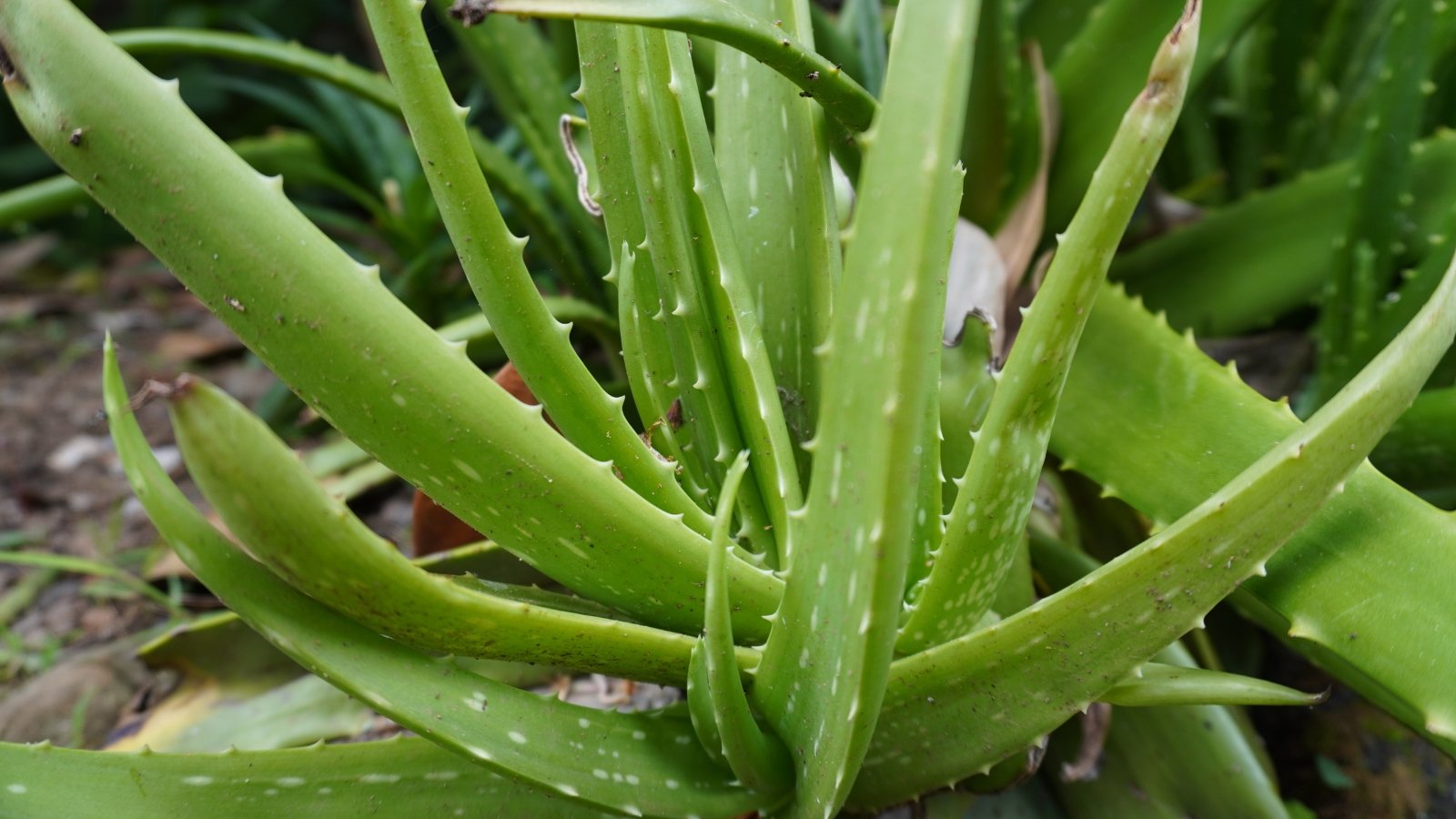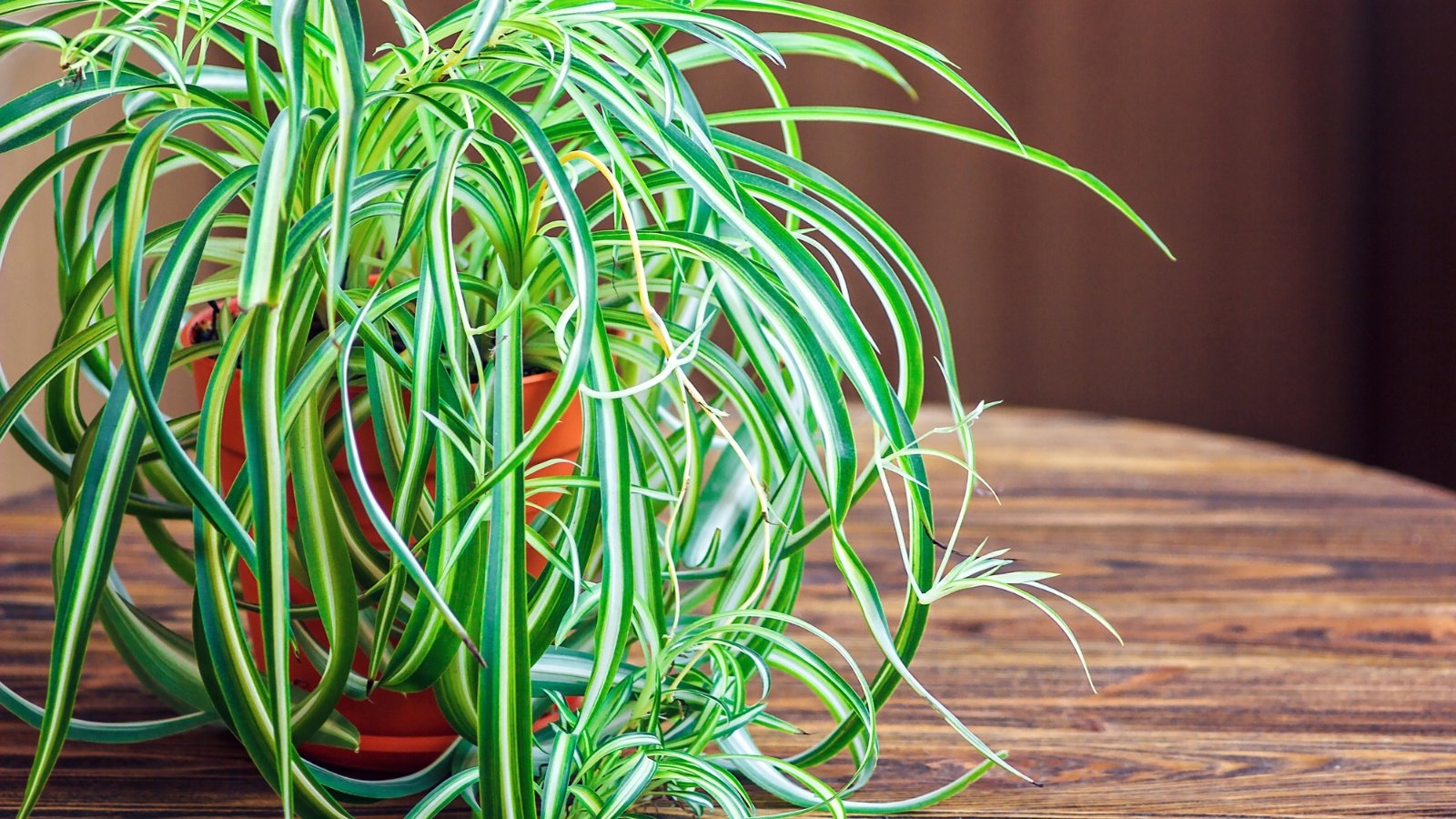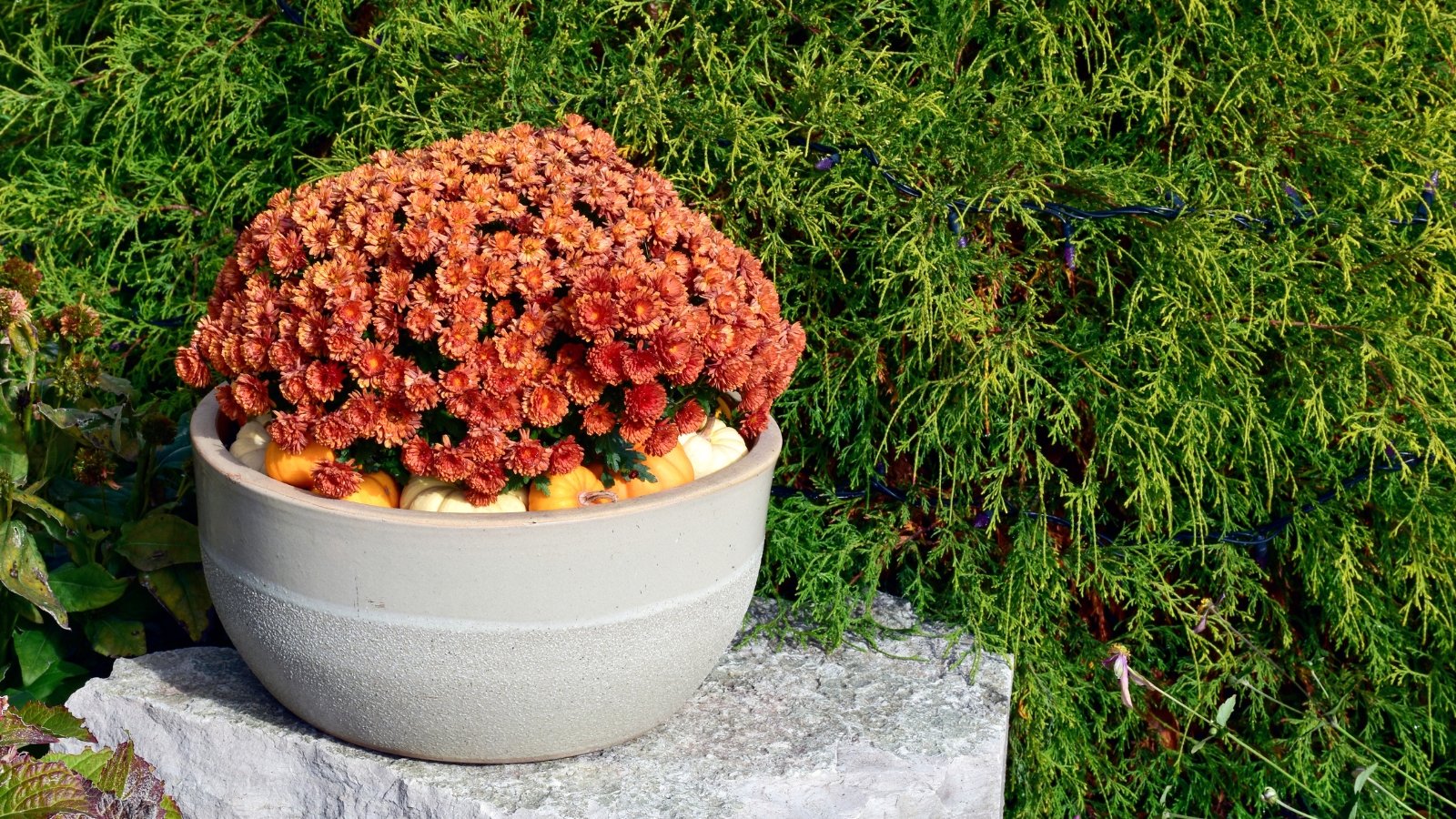If you’re a plant lover, it probably comes as no surprise that adding green things to your home has benefits. Some reasons for this may seem obvious, but is there any actual science behind claims that bringing nature indoors is beneficial for your health? As it turns out, there is!
A study from 2015 indicated that interacting with indoor plants had remarkable benefits for the subjects. Re-potting a plant, as opposed to performing a computer-based task, had significant positive effects. Not only did it show a marked difference in the mood of the subjects, but also a reduction in heart rate and blood pressure.
A study from Rutgers indicated that the presence of plants in your bedroom and office space may help relieve symptoms of mental fatigue. Others show that plants may help lift your mood, increase productivity, and even increase pain tolerance in hospital settings.
While these elements are not species-specific, there is one element that is. That is, some plants release more oxygen at night than others. When it comes to the question of why some are better than others, the answer is not as clear-cut. However, larger leaves tend to be more effective than smaller foliage for this purpose. Let’s take a look at some of the best bedroom plants that might help you to breathe easier at night.
Snake Plant ‘Moonshine’


Snake plants are easy to find, and even easier to care for. They are capable of producing chlorophyll under low light conditions, and their succulent leaves require infrequent watering. If your bedroom is dark, and you often forget to water, this is the plant for you. ‘Moonshine’ is a gorgeous cultivar with silvery green foliage and a winner of the RHS Award of Garden Merit.
Snake plants show up in the NASA study as one that is excellent at removing toxins from the air. They release an abundance of oxygen at night, so they promote restful sleep and improved air quality. They also store moisture in their leaves and are tolerant of lower humidity levels.
Peace Lily


With a name like Peace Lily, this sounds like the perfect plant to sleep next to. These tropical beauties have large, glossy leaves and produce beautiful white flowers. They are tolerant of low-light conditions, and they don’t require an exceptional amount of effort to maintain.
Peace lilies pop up on NASA’s report for their ability to remove toxins from the air. More importantly, they are one of the few that release oxygen at night. The only caveat to their care is that they need humidity. If your leaf tips turn brown, it’s likely because the air is dry.
Heartleaf Philodendron ‘Brasil’


Heartleaf is one of my favorite philodendron plants for a beautiful, relaxing bedroom display. It’s low maintenance and forgiving, adapting to medium light conditions and tolerating more moderate humidity levels than others. The heart-shaped leaves are the icing on the cake. ‘Brasil’ is a rarer variety with light green and yellow variegation on dark green foliage.
Philodendrons, in general, are among those that produce more oxygen at night. This, paired with their lower light tolerance and ability to tolerate dry air, makes them great for the bedroom. They can flower but rarely do indoors.
Pothos ‘Marble Queen’


Unless you’re new to the houseplant game, there is a strong chance you’ve already got a pothos somewhere in your house. If so, it’s a great one to move to the bedroom! This climbing vine is tolerant of drought, low light, and just about any other mistreatment you can think of.
Pothos are highly tolerant and adaptable. They will withstand a fair amount of neglect. They are on NASA’s list, and they also release the most oxygen at night. The way I see it, there is really no reason not to have one of these in your room.
Holy Basil


Holy basil, also called Tulsi, has a solid reputation when it comes to health benefits. It’s been used in Ayurveda for centuries and studies show that it has potential benefits on mood, immunity, and metabolism. Like most varieties of basil, this one prefers quite a bit of sun during the day. Place it in a sunny window for best results.
Tulsi also absorbs dust, and it doesn’t just release oxygen at night. It does it about 20 hours a day! This plant also has deliciously fragrant leaves, so it acts as an air freshener in your bedroom. It’s easy to grow from seeds, and it’s edible in addition to its other uses.


Aloe Vera


Aloe vera is another one of those plants with a multitude of beneficial uses. It’s widely used in cosmetics and skin treatments, and many say that it’s the best treatment for sunburn. It’s a drought-tolerant succulent and, if exposed to cold in winter, will flower in the spring.
Aloe is also considered good at removing toxins from the air. With all of these benefits, it’s a must-have for any home! Aloe plants prefer full sun, but they will tolerate partial shade as long as they get four to six hours of exposure.
Christmas Cactus


Christmas cacti are famous for their large, flamboyant blooms that open during the winter. These typically coincide with the Christmas season. Those that bloom earlier or later are Thanksgiving and Easter cacti. This applies to all of them, as they are from the same genus.
This is an epiphyte, typically growing on trees in the tropical rainforests of Brazil. It has no spines, unlike most cacti, which makes it a great indoor plant. Christmas cacti carry out a process called crassulacean acid metabolism (CAM), which makes them more efficient at processing carbon dioxide. A side effect of this is an increase in oxygen production at night.
Areca Palm


Areca palm goes by many names, including bamboo, butterfly, and cane palm. It is a winner of an Award of Garden Merit from the Royal Horticultural Society and is native to the rainforests of Madagascar. It’s a moderate grower and will become a nice-sized tree indoors, reaching six to eight feet tall.
This palm is great at purifying the air. Its leaves have extra surface area, so they produce more oxygen and take in more carbon dioxide. Another interesting benefit of this plant is its ability to increase the surrounding humidity, so it makes a great neighbor to many others.
Spider Plant ‘Variegatum’


Spider plants are low-maintenance and adaptable, even growing in contaminated soil. You’ll often find these in hospitals and doctor’s offices as they are thought to reduce stress and lower blood pressure. They are great at producing offsets, and as a result, they are easy to propagate.
‘Variegatum’ is an award-winning cultivar with strap-like leaves that curl more than usual. The variegation is strongest when these get sufficient exposure, but they tolerate moderate indirect light. These plants are also excellent oxygen producers for bedrooms and living areas.
Calathea ‘Sanderiana’


Calatheas are among a selection of plants called “prayer plants.” They earn this name by their habit of raising their leaves at night and lowering them during the day, like praying hands. They often have beautiful markings on their leaves in shades of red and pink. ‘Sanderiana’ has glossy green leaves with pink and white pinstripes and a deep purple underside.
It’s important to note that calatheas do the bulk of their oxygen production during the day. However, through the process of respiration, they release a significant amount at night, which is why they make our list. They are simply beautiful, too, so they’re worth it for their ornamental value alone.
Lavender ‘Little Lady’


Lavender can be a bit tough to grow indoors because of its significant exposure needs. This plant definitely needs full sun, no question. If you can pull that off, this is the perfect plant for your bedroom. Lavender does release oxygen at night, though not as much as other species on this list.
The real value of this one is the calming aroma the flowers and foliage release. The fragrance promotes relaxation and may even improve sleep quality. ‘Little Lady’ is a compact variety that is good for growing in containers. It won’t overwhelm like some larger cultivars. Give it poor soil, and water sparingly, and don’t fertilize for best results.


Garden Mums


Garden mums, which are the larger type with looser clumping, also made the NASA list for their air-cleaning abilities. They are also among those that release the bulk of their oxygen at night, so they are great for the bedroom. Their cheerful flowers are an added bonus.
I add these because of their qualities, but in terms of growing indoors, this is one of the more challenging on the list. Mums need a lot of sunlight exposure from bright windows. However, seasonally, you can bring them indoors to enjoy the flowers and air-cleaning benefits.
Jasmine


Jasmine is a popular vining evergreen that produces some of the loveliest-smelling flowers around. Usually grown outdoors on a trellis or other support, you can grow them indoors as well. Jasmine not only releases oxygen at night, but it also releases its fragrance.
The scent of jasmine is said to have many effects on the body. It’s said to have mood-enhancing and aphrodisiac effects. One study performed by Ruhr University in Germany found the scent of jasmine flowers to be a natural sleep remedy!


















